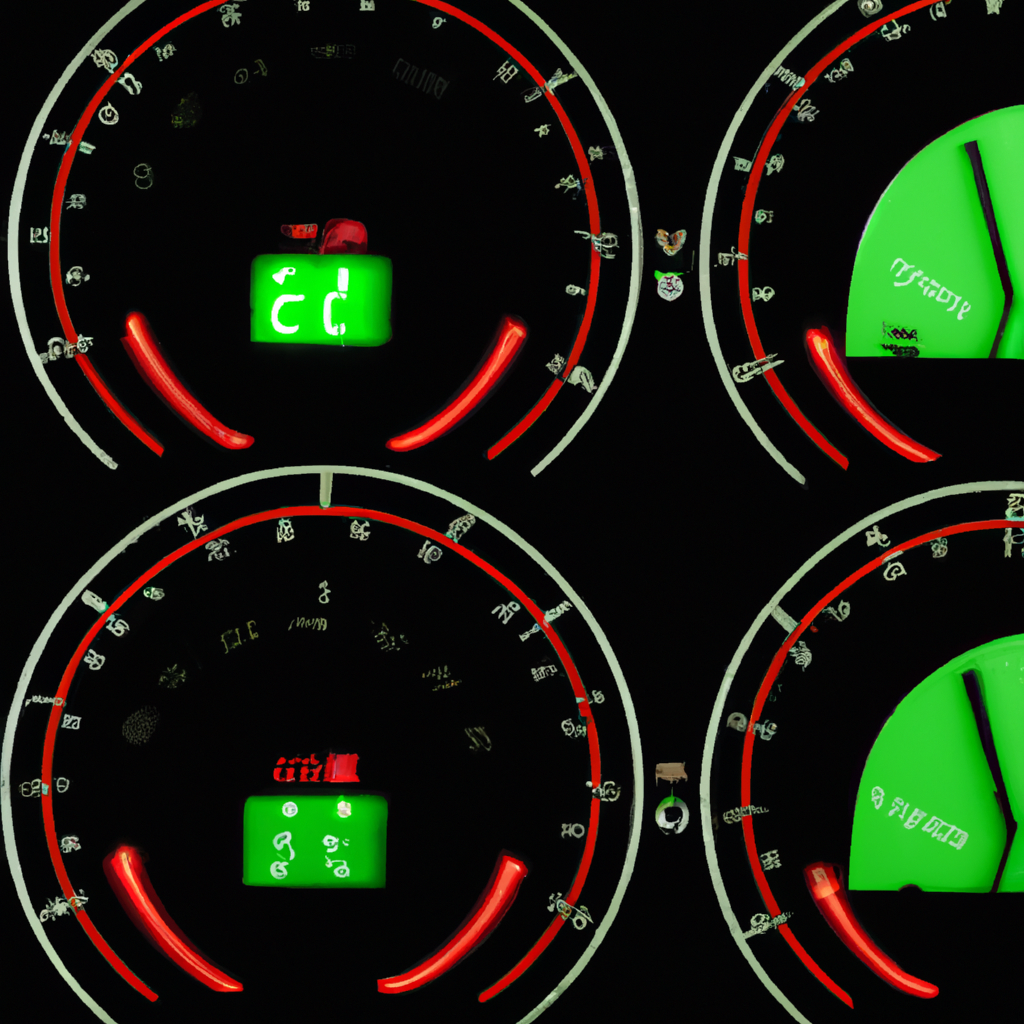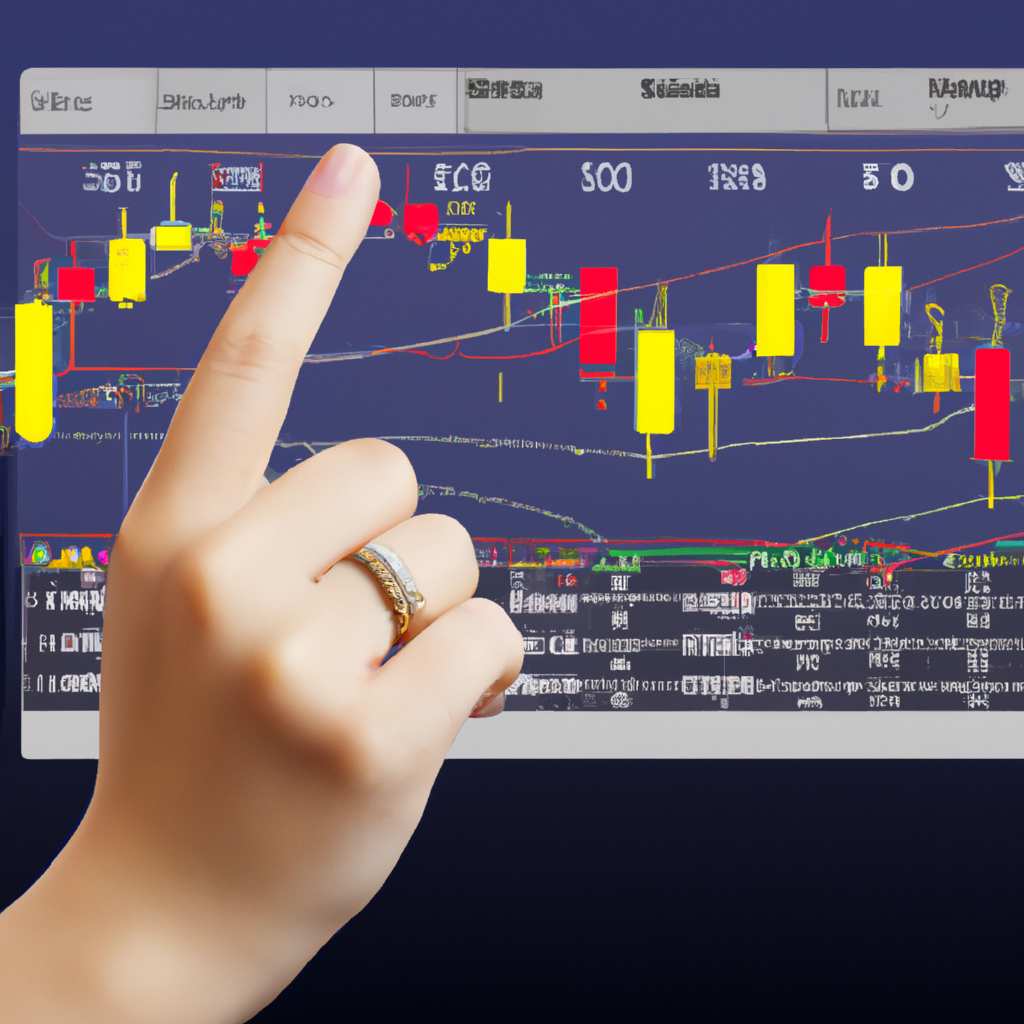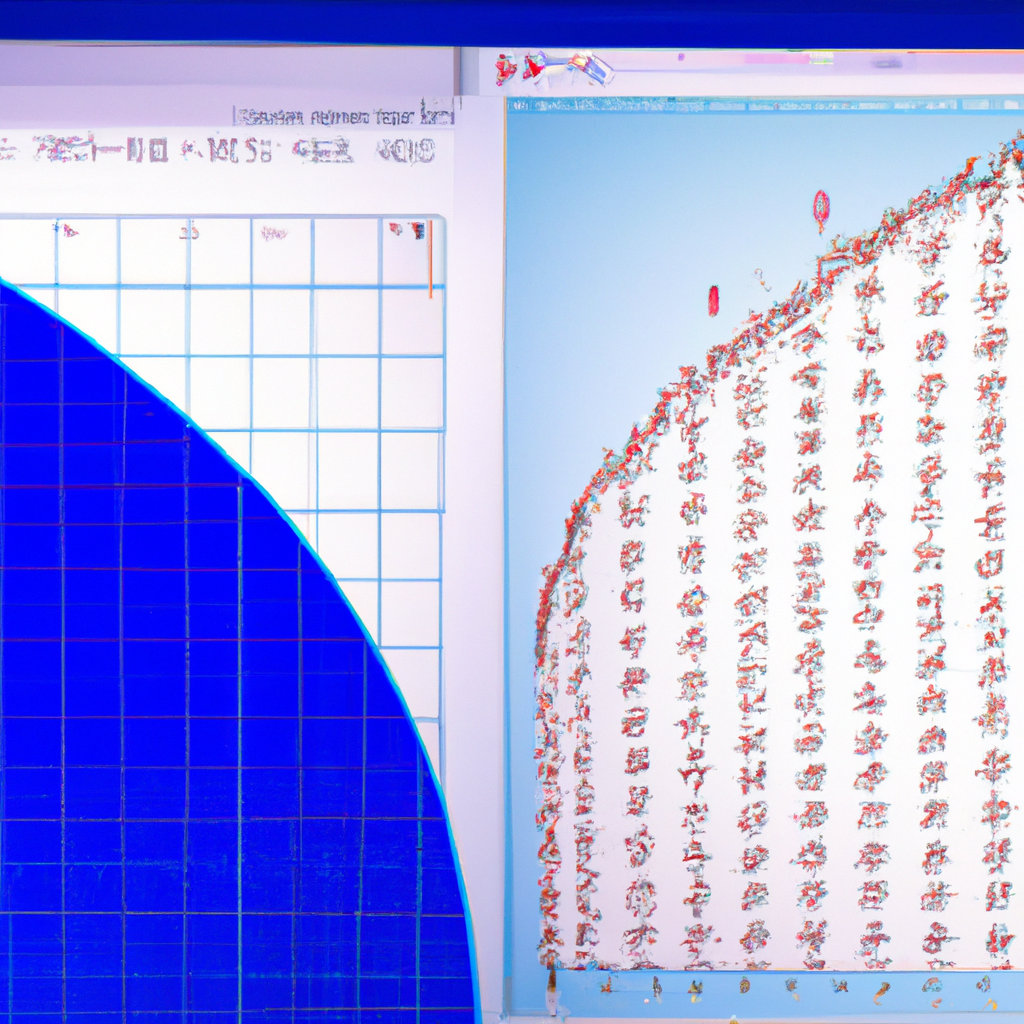Oscillators and Momentum Indicators: Understanding and Utilizing Technical Analysis Tools
Introduction
When it comes to analyzing financial markets, traders and investors often rely on various technical analysis tools to make informed decisions. Two popular tools in this domain are oscillators and momentum indicators. These indicators assist in identifying market trends, potential reversals, and overbought or oversold conditions. In this article, we will delve into the world of oscillators and momentum indicators, exploring their definitions, applications, and how they can be effectively used in trading strategies.
What are Oscillators?
Oscillators are technical analysis tools that help traders identify potential short-term market reversals. They are designed to oscillate within a specific range, indicating whether a market is overbought or oversold. Oscillators are typically displayed as lines or histograms on a chart, moving above and below a centerline or bounded range.
Types of Oscillators
There are several types of oscillators commonly used by traders:
- Relative Strength Index (RSI): RSI measures the speed and change of price movements. It ranges from 0 to 100 and is often used to identify overbought and oversold conditions.
- Stochastic Oscillator: The stochastic oscillator compares a security’s closing price to its price range over a specific period. It helps identify potential turning points in the market.
- Moving Average Convergence Divergence (MACD): MACD measures the relationship between two moving averages and is used to identify potential trend reversals.
Understanding Momentum Indicators
Momentum indicators, as the name suggests, measure the rate of price change and the speed at which a market is moving. These indicators help traders determine the strength or weakness of a trend and identify potential entry or exit points.
Types of Momentum Indicators
Here are a few widely used momentum indicators:
- Relative Strength Index (RSI): RSI can also be classified as a momentum indicator. It measures the speed and change of price movements, indicating overbought and oversold conditions.
- Moving Average Convergence Divergence (MACD): As mentioned earlier, MACD can be considered both an oscillator and a momentum indicator. It reveals the relationship between two moving averages and identifies potential trend reversals.
- Rate of Change (ROC): ROC calculates the percentage change in price over a specified period. It helps traders identify the momentum of a trend.
Applying Oscillators and Momentum Indicators in Trading
Both oscillators and momentum indicators have their specific uses in trading strategies. Here are a few ways they can be applied:
- Identifying Overbought and Oversold Conditions: Oscillators, such as RSI and stochastic oscillators, can help traders identify when a market is overbought or oversold, potentially signaling a reversal in the trend.
- Confirming Trend Strength: Momentum indicators, like RSI and MACD, can be used to confirm the strength of a trend. If a price is rising, but the momentum indicator is showing a decline, it may indicate a weakening trend.
- Spotting Divergences: Divergences occur when the price and the oscillator or momentum indicator move in opposite directions. Traders often use divergences to anticipate potential trend reversals.
- Generating Entry and Exit Signals: By combining oscillators and momentum indicators with other technical analysis tools, traders can generate entry and exit signals for their trades.
Conclusion
Oscillators and momentum indicators are valuable tools for traders seeking to analyze financial markets using technical analysis. These indicators help identify overbought or oversold conditions, confirm trend strength, and generate entry or exit signals. By understanding and utilizing these tools effectively, traders can enhance their decision-making process and potentially improve their trading outcomes.



